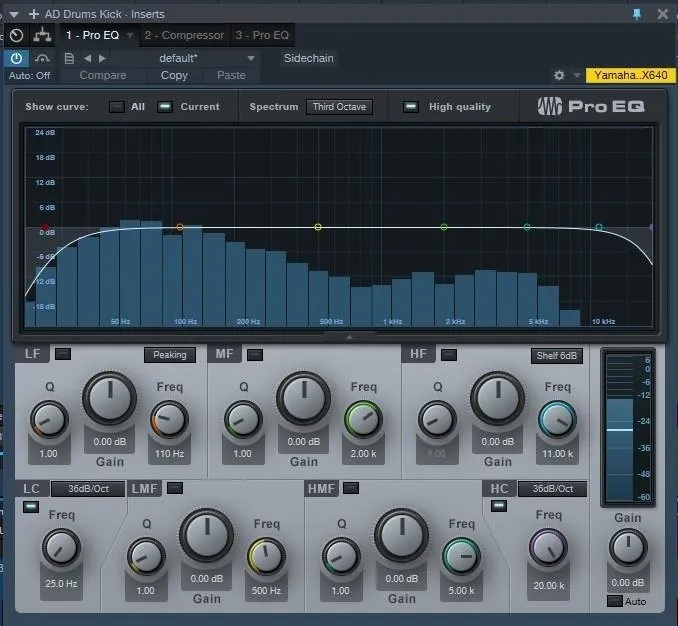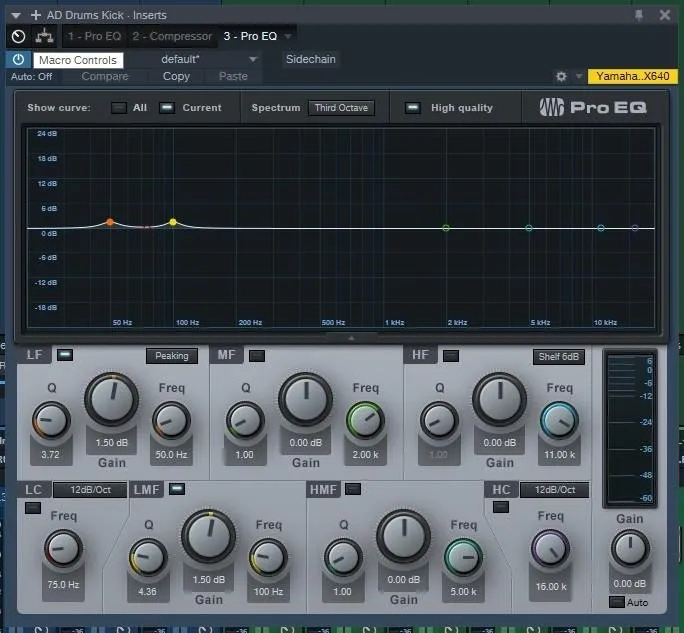
When approaching mix, you're thinking of three basic things
Balance, Depth and Clarity (Colour should be the fourth)
Usually, you want to first of all cut down on troublesome frequencies that cause muds and masking
Hence the need for High/Low Pass Filtering and Subtractive Eq
After this stage, you will realise the loss of some useful quality in your sounds and hence the need to boost the much required frequencies surgically

More in Equalizing
Equalization is probably the most common type of processing in
audio engineering. It is that for a reason: when we’re trying to fit a
big number of tracks together without it all sounding like a muddy mess,
we’re bound to be eliminating some parts of it, while accentuating other
parts. This we usually do with equalization.
But there can be prices to pay when EQing becomes the fix-all solution
for fitting a large number of sounds together. What an equalizer does is
basically messing with the phase of a signal. While this is necessary for it
to do its job, it can also cause unwanted and unpleasant artifacts, especially
when there are many instances of equalizers doing some heavy lifting in
a mix.
EQing too boldly can cause a mix to sound lifeless and without power.
There are other methods to consider before you reach for an EQ every
time. Of course, sometimes EQ is the best option, alone or used together
with these other techniques.
The part of the frequency spectrum where the bass lives is especially sen-
sitive to phase degradation and can lose clarity and punch quickly if too
much is done to it.
I would suggest starting with the volume fader. If the mix sounds too
bassy, too muddy or too harsh, turn down the bassy, muddy or mid-rangy
tracks a bit. Sounds simplistic, maybe, but it is too easily forgotten. By
doing it this way you don’t do any unnecessary digital processing to the
sound and you preserve all that’s good about it.
Your ear is the final decider